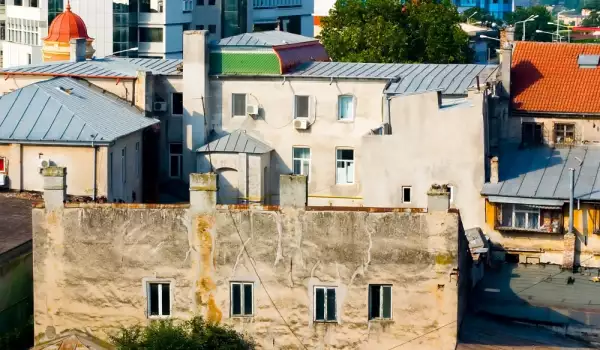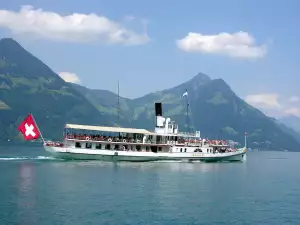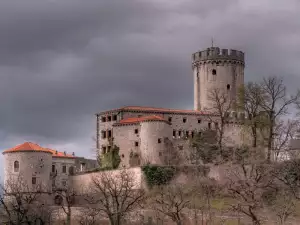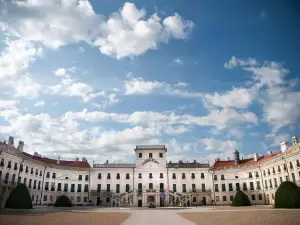Constanta

Constanta is a Romanian city which is famous as a tourist town. The population amounts to over 446 000 people. Constanta City is recognized as a cultural and commercial center of Romania.
The city is known as the town of Neptune, since this is the coastal tourist capital of the country. Constanta is the largest seaport on the Black Sea, Romania. The city is famous for its mineral springs and beautiful beaches.
In ancient times, Constanta was an ancient Greek colony on the Black Sea, at that time the city was known as Tomis. Tomis was founded to carry out trade in the five-hundredth year before Christ. In ancient times one of the driving factors of the prosperity of Tomis is the existence of its own coins. The port became an important trading post for the Roman Empire. Apollo the Sun God became patron of the city.

In the twenties of the first century the city was conquered by the Romans. There was exiled the poet Ovidius, who was known by the nickname "poet of unhappy love". The poet was sent away from friends and relatives after he made the emperor angry, but history has forgotten what the offense was.
He died in the city eight years after his arrival. Therefore the square of the city stands a monument to him.
After some time the town was renamed in honor of Constanta, the sister of Constantine the Great. At the end of the fifteenth century it became part of the Ottoman Empire. In the early nineteenth century, the Russians captured Constanta and destroyed the defense system of the city. After defeating the ottomans, to Constanta in 1878 came a new era. It became a major seaside resort of the country, contributing greatly to the thriving economy of the city.
One of the most visited places in Constanta is the promenade, which is extremely picturesque. The museum of History and Archaeology of Constanta has collected a huge amount of artifacts that testify to separate historical periods.
The city is divided into major boulevards on which stand high rise buildings. Junctions have beautiful fountains and monuments. At the entries of the city are placed beautiful ships, colored in bright colors that send a welcome to guests of Constanta.

One of the popular attractions of the town is the Casa cu lei, which was built in 1897 in a pre- romantic architectural style. It is known as the Lions House, or house of four lions, standing on top of four columns. The house has a restaurant that served a long time, but today it is closed for restoration.
Roman mosaics created in the fourth century BC, can be seen on the terrace of an old commercial building. The mosaic covers an area of two thousand meters.
There is an Aquarium, where you can see many interesting species of marine creatures and over a hundred species of fish.
Constanta has a dolphinarium where there is a permanent program with the smartest aquatic mammals. In the Planetarium of Constanta are held special shows for children and the Astronomical Observatory is a place where fans can watch space stars.
The museum of the Sea in Constanta contains a rich collection of various aquatic fauna from the planet's seas.
The museum of folk art of Constanta has gathered collections of ethnographic objects. The Art Museum of Constanta has collected valuable works of prominent Romanian artists.
In the city is also the Museum of the Romanian Navy, which reveals the history of the navy through thirty-eight thousand exhibits.
The cathedral of St. Peter and Paul is among the most visited temples in the city.















